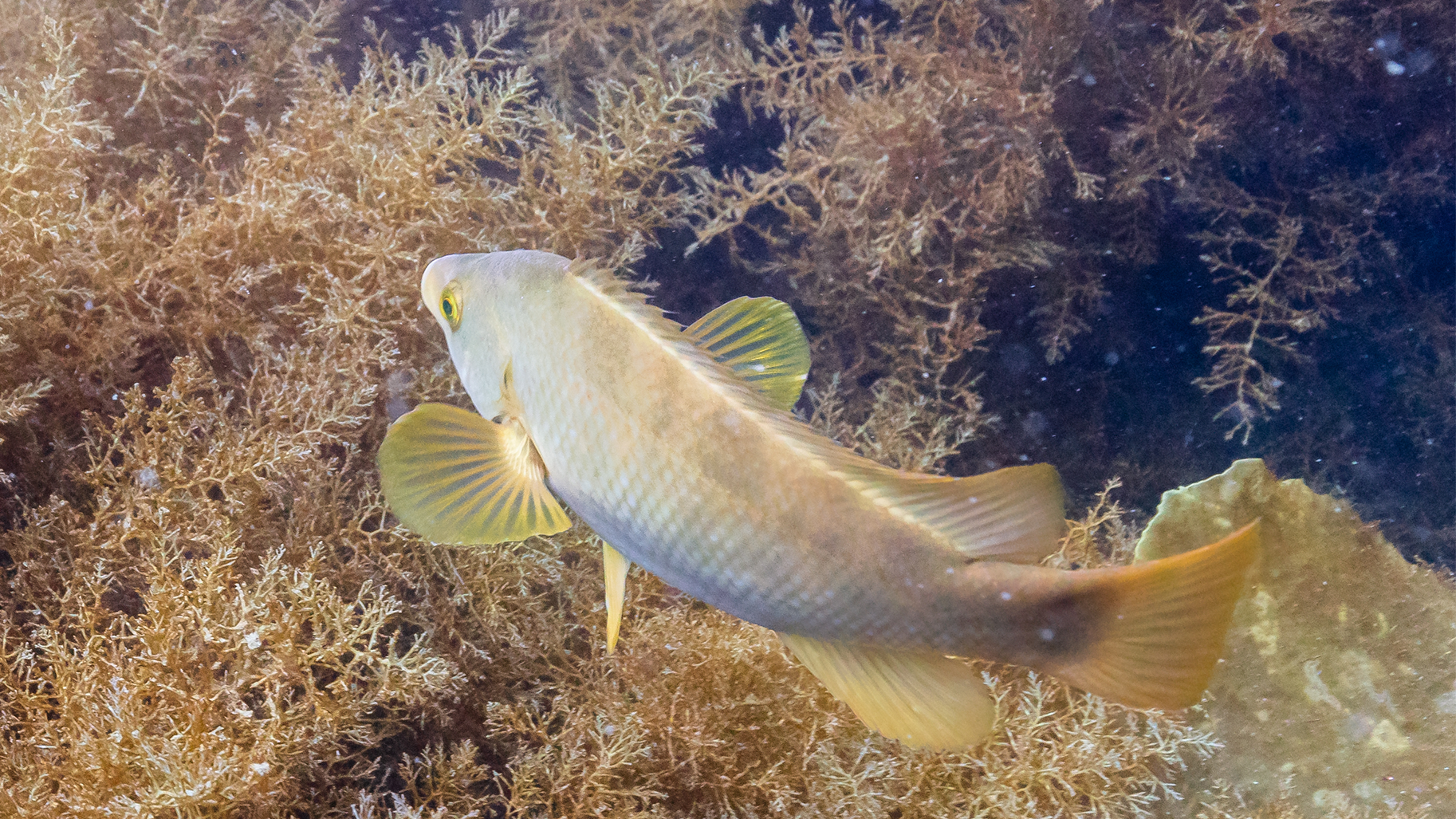AI to help preserve coastal fish species
Date:
Changed on 02/01/2024

The oceans are important for our planet, but also for human populations (fishing, tourism, etc.).
As a terrestrial animal, we can see the degradation of emergent environments on a daily basis, but this is not the case for submerged environments. This makes it difficult for us to appreciate the degradation of marine environments caused by human activity (pollution, overfishing, climate change, etc.).
For me, this day is an opportunity to give the general public a better understanding of the impact of human activities on the ocean.
From my point of view, the ultimate aim of these Ocean Days is to raise public awareness of these issues, so that they can push politicians to take more action.
As part of the FISH-PREDICT project of the IA-Biodiv challenge, my work focuses on the use of artificial intelligence to model the impact of climate, environment and human activities on the distribution of coastal fish species.
The aim of this work is to help better manage fishing zones, assess the value of measures to protect the marine environment, and predict the impact of new urban developments along coastlines.
Of course, this work also enables us to better anticipate the impact of climate change on different species of fish, in order to anticipate and limit their decline.
Originally, I was very interested in reconstructing and understanding the evolution of life forms on Earth.
I then became a paleontologist specializing in the reconstruction of paleoenvironments. I developed different approaches based on artificial intelligence to reconstruct the evolution of climate and environments over time, in order to understand their impact on the evolution and movement of different species.
Understanding these phenomena in the past enables several things, but for me it was above all an opportunity to see how this understanding of the impact of climatic and environmental changes on species in the past could contribute to a better understanding of current and future threats to biodiversity. I therefore began to work on these issues using artificial intelligence, which has now led me to complete a post-doctorate as part of the FISH-PREDICT project.
That's a tough question.
First of all, I believe that the next few years will see major advances in artificial intelligence, as the recent successes of ChatGPT suggest. This should result in a significant improvement in our species distribution models and thus encourage their use.
Secondly, I think there will be an evolution in the way we approach this work on species distribution models. To put it simply, there are currently two types of profile working in this field. Firstly, there are the computer scientists who develop complex, high-performance models. Secondly, there are ecology researchers who don't have the skills to use such powerful and complex models, but who still manage to obtain equivalent results thanks to a better understanding and management of the environmental and taxonomic data to be sent to the models.
Even if this field is already interdisciplinary, I think it will evolve to become even more so, with researchers increasingly specializing in both computer science and ecology.
